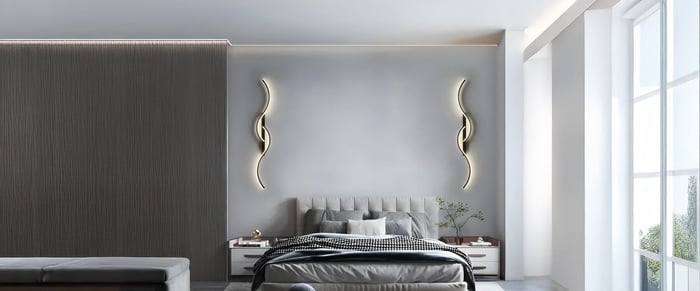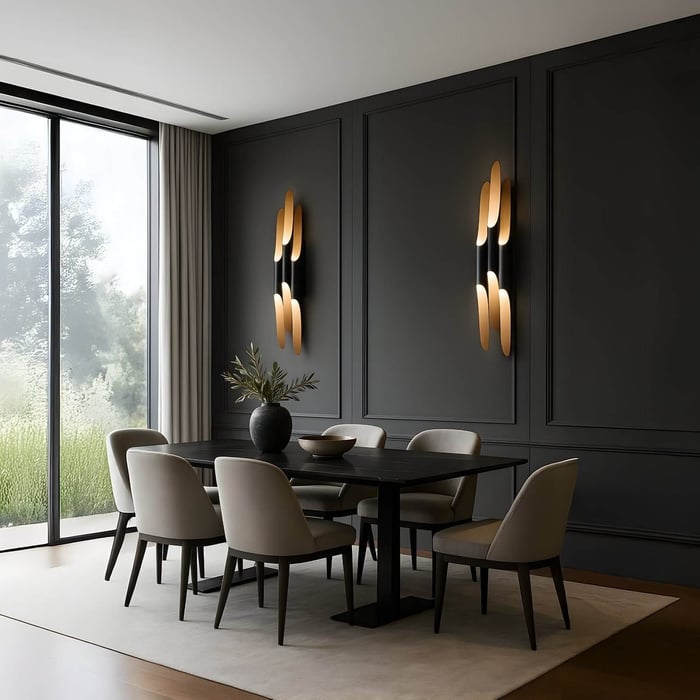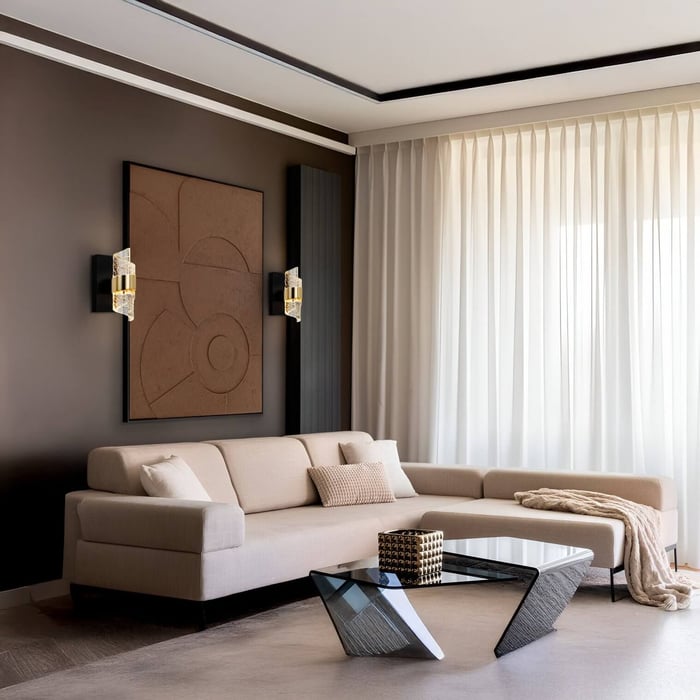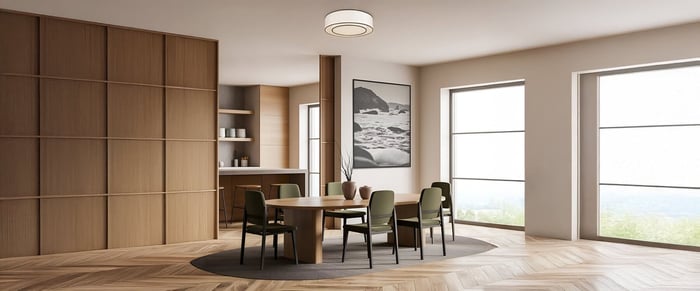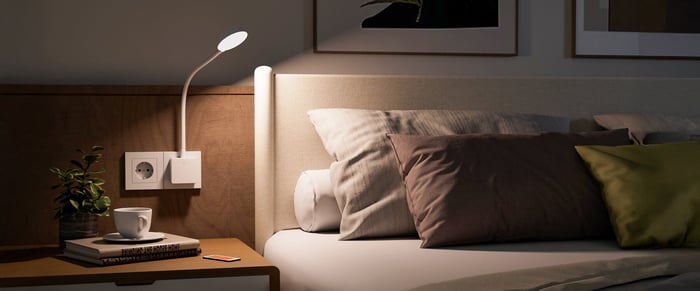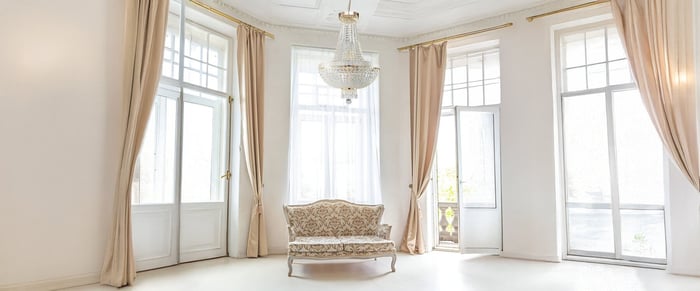Table of Contents
Introduction
Lighting is more than a functional necessity, it is one of the most powerful tools for shaping mood, guiding attention, and setting the tone in every part of a home. The right wall lights do far more than illuminate. They can highlight architecture, create intimacy, energize work zones, and transform plain rooms into inviting, character-filled spaces.
When chosen and positioned thoughtfully, wall lights allow you to control atmosphere as much as brightness. In Bedroom Lights, they create an oasis of calm. In Dining Room Lights, they spark conversation and highlight meals. Kitchen Lights bring vitality and focus to functional spaces, while Living Room Lights balance versatility with comfort.
This guide explores how to design with wall lights for mood and ambiance in every room. You’ll discover how placement height, beam direction, colour temperature, and dimming features influence the emotional and visual experience. We’ll look at how different lighting temperatures can make a bedroom more restful, a dining area more intimate, a kitchen more productive, and a living room more adaptable. Whether you lean toward soft, layered lighting or bright, energetic illumination, this approach will help you make the right choices for every space.
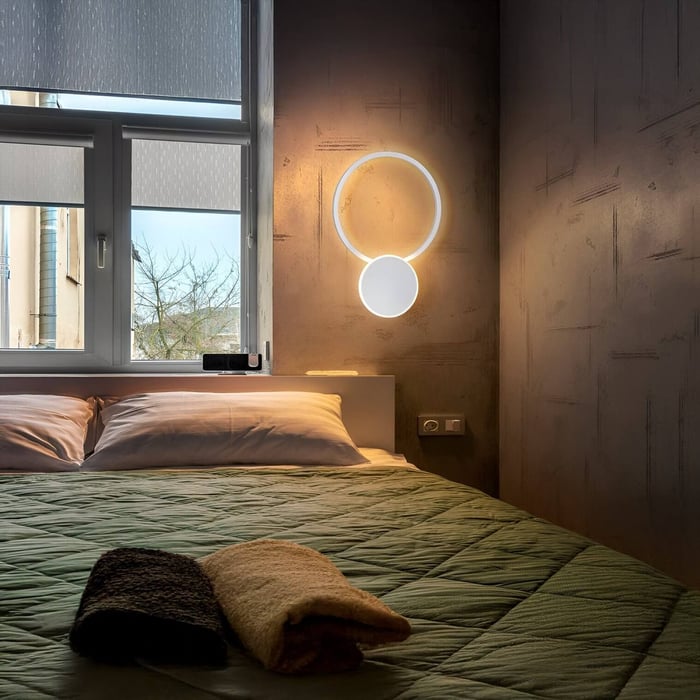
Mood & Ambiance with Bedroom Lights
Soft Warmth for Restful Evenings
Your bedroom should signal rest from the moment you step inside. Lighting plays a major role in that. Warm white tones in the 2700–3000K range wrap the room in a gentle glow that encourages your mind and body to relax. Dimmable wall lights mounted at each side of the bed allow you to create two distinct atmospheres, bright enough for evening reading, yet soft and low for winding down before sleep.
To heighten the sense of comfort:
Choose fabric or frosted glass shades to soften the light output.
Select warm metallic finishes such as brushed brass or bronze for a sense of depth and coziness.
For symmetry and balance, match the wall fixtures to other elements like bedside tables, drawer pulls, or curtain rods.
Placement for Comfort
For reading in bed, mount your wall lights at or just above seated eye level to prevent direct glare. A common rule is aligning the bottom of the shade with the upper third of the headboard. This height provides illumination without casting shadows across your page. Adjustable arm sconces offer an extra layer of control, letting you direct light exactly where you need it without disturbing anyone else in the room.
Wall Lights for Dining Room Lights
Creating an Inviting Dining Experience
The dining room is about more than just food, it’s where conversations happen, memories form, and guests linger over dessert. Lighting should reflect that sense of intimacy. Mid-level wall sconces layered with overhead pendants or chandeliers create a rich, dimensional effect. Warm tones flatter both people and food, making the space more inviting.
Design considerations for dining rooms include:
Choosing styles that complement your table and seating. For example, candle-style sconces for traditional spaces, or minimalist metal designs for contemporary rooms.
Evenly spacing wall lights along the perimeter so light is balanced and flattering from all angles.
Opting for opaque or frosted shades to avoid sharp beams that distract from conversation.
Placement & Dimming Tips
Fixtures should be positioned to softly illuminate diners’ faces rather than the tabletop. This creates a sense of connection and warmth during meals. A dimmer is essential, reducing brightness to around 50–60% evokes a candlelit atmosphere, enhancing the experience without making the room feel dark.
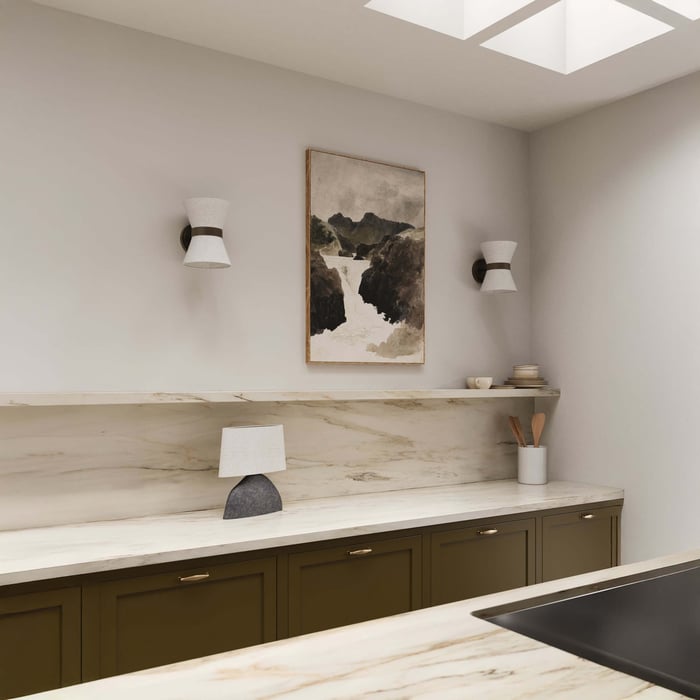
Energizing Kitchen Lights with Wall Fixtures
Bright, Focused, Yet Stylish
Kitchens are active work areas, so the lighting should energize and focus. Neutral to cool white tones (3500–4000K) help maintain alertness, making tasks like food preparation, reading recipes, or plating dishes easier. Adjustable wall lights are particularly effective here, allowing you to highlight specific work zones like countertops, sinks, or open shelving.
Practical tips for kitchen wall fixtures:
Position them above or beside key work areas to supplement ceiling lights.
Coordinate finishes with cabinet hardware or appliances for visual consistency.
Use directional heads or spotlights for targeted task lighting without creating glare.
Placement for Practicality
Shadows are the enemy of kitchen work. Install wall lights slightly forward of the task area so they cast light onto the work surface without being blocked by your body or cabinetry. In open-plan kitchens, wall-mounted lights can also act as subtle visual dividers between cooking, dining, and living areas.
Enhancing Living Room Lights with Wall Fixtures
Versatility for Multi-Use Spaces
Living rooms are some of the most versatile spaces in the home, they host everything from quiet reading to lively entertaining. This calls for a layered approach. Combining warm and neutral tones offers flexibility: warm light for evenings on the sofa, neutral for lively daytime gatherings. Wall-mounted up-lighting draws the eye upward and expands the sense of space, while down-lighting adds intimacy.
Ways to style living room wall lighting:
Frame focal points such as fireplaces, artworks, or media units with matching wall lights.
Incorporate dimmers so brightness can shift easily from day to night.
Blend styles if your living room is an eclectic mix, metal sconces can sit comfortably alongside traditional furnishings when chosen in complementary finishes.
Placement for Balance
Keep wall lighting at a consistent height throughout the space for a harmonious look. Consider creating zones, one fixture might highlight a reading corner, while another flanks a display cabinet. Asymmetry can work well if it feels intentional and matches the room’s flow.
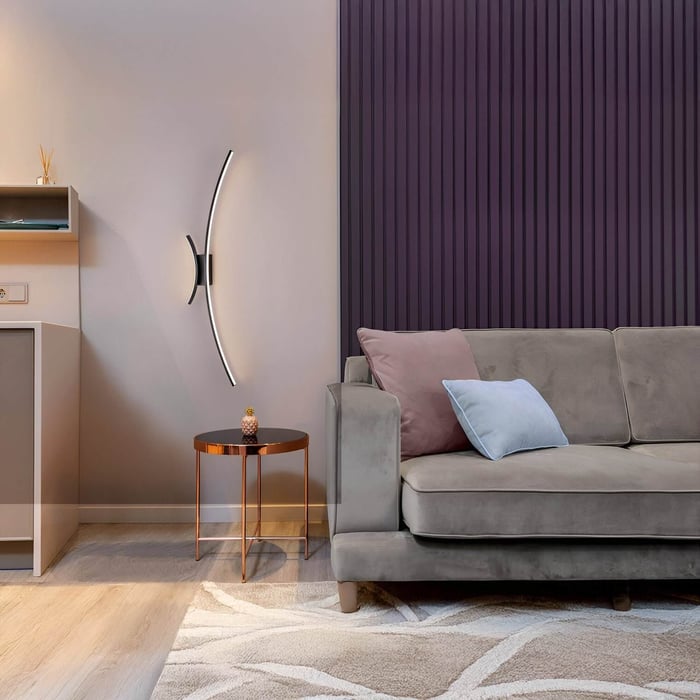
Colour Temperature & Dimming for Mood Control
Colour temperature is one of the most effective tools for mood-setting:
Warm white (2700–3000K) – Ideal for relaxation, intimacy, and comfort. Best for bedrooms, dining rooms, and living areas where softness is key.
Neutral to cool white (3500–4000K) – Enhances focus and visibility. Suitable for kitchens, home offices, or reading zones.
Dimming controls take flexibility further. Lowering light levels in the evening supports natural circadian rhythms, while increasing brightness during tasks helps keep you alert. Adding dimmers to wall lights means you can adjust ambiance instantly, without swapping bulbs or fixtures.
Common Styling Mistakes to Avoid
Relying solely on overhead lighting – Creates a flat, often harsh look with little atmosphere.
Incorrect mounting height – Lights too high feel disconnected, while too low can create overpowering glare.
Mixing conflicting colour temperatures – A warm pendant with cool wall lights can make a space feel disjointed.
Maintaining maximum brightness at all times – Overly bright settings can make intimate spaces feel clinical.
Ignoring the look of fixtures when off – Lighting should enhance the room’s style whether it’s illuminated or not.
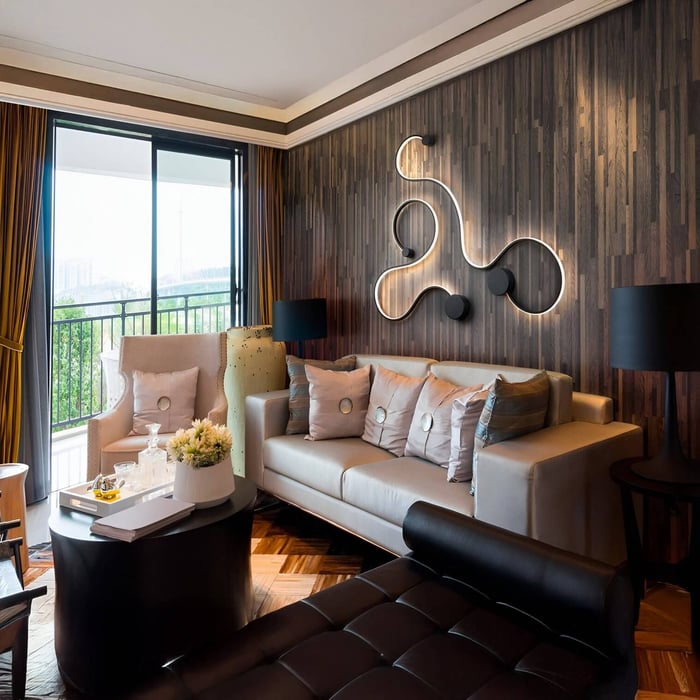
Conclusion
Wall lights have the unique ability to blend form and function while shaping the atmosphere of a room. In Bedroom Lights, they invite relaxation through soft, dimmable tones. In Dining Room Lights, they frame shared meals with intimacy and warmth. Kitchen Lights provide focus and efficiency without sacrificing style, while Living Room Lights bring adaptability for every occasion.
By considering placement, selecting the right colour temperature, and including dimming capabilities, you can transform how your home feels at any hour. The right wall lights don’t just brighten a space, they define it. They can make a bedroom feel like a retreat, turn a dining room into a space people linger in, keep a kitchen ready for both work and gathering, and give a living room the flexibility to be whatever you need it to be.
In every case, choosing wall-mounted fixtures with the right style, finish, and lighting effect ensures they complement your home’s architecture while supporting your lifestyle. It’s about more than visibility, it’s about creating a visual and emotional experience that feels right for the moment. Explore a curated selection of designs at Niori to find wall lighting that perfectly aligns with your mood, function, and style goals.
FAQs
What type of wall lights work best for bedrooms?
Warm-toned, dimmable wall lights are ideal for bedrooms as they create a calming atmosphere for relaxation while offering enough brightness for reading or getting ready.
How should wall lights be placed in a dining room?
For dining rooms, wall lights should be positioned at eye level or slightly above, spaced evenly along walls, and paired with dimmers to create a warm, inviting glow for meals.
Can wall lights provide enough light for a kitchen?
Yes, especially when used in combination with ceiling or under-cabinet lighting. Opt for cool white tones and place fixtures near prep areas to improve visibility without shadows.
What’s the best way to use wall lights in a living room?
Living rooms benefit from a mix of up-lighting and down-lighting. Use wall lights to highlight focal points like artwork or fireplaces and add dimmers for versatility.
How do I choose the right style of wall lights for my home?
Match finishes to existing fixtures and hardware, consider your room’s colour palette, and select designs that align with the mood you want - warm and cozy, bright and functional, or adaptable for multiple uses.
